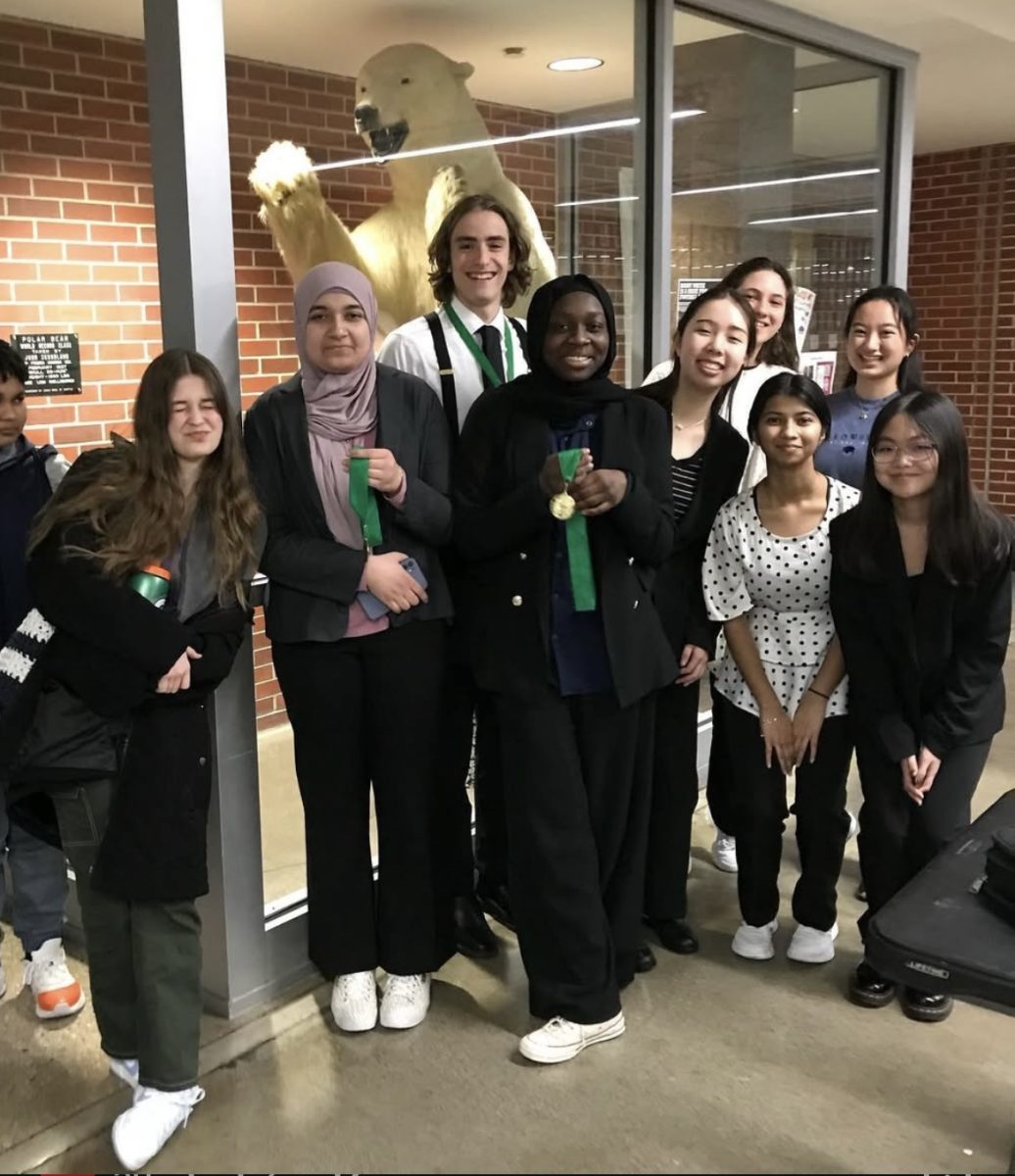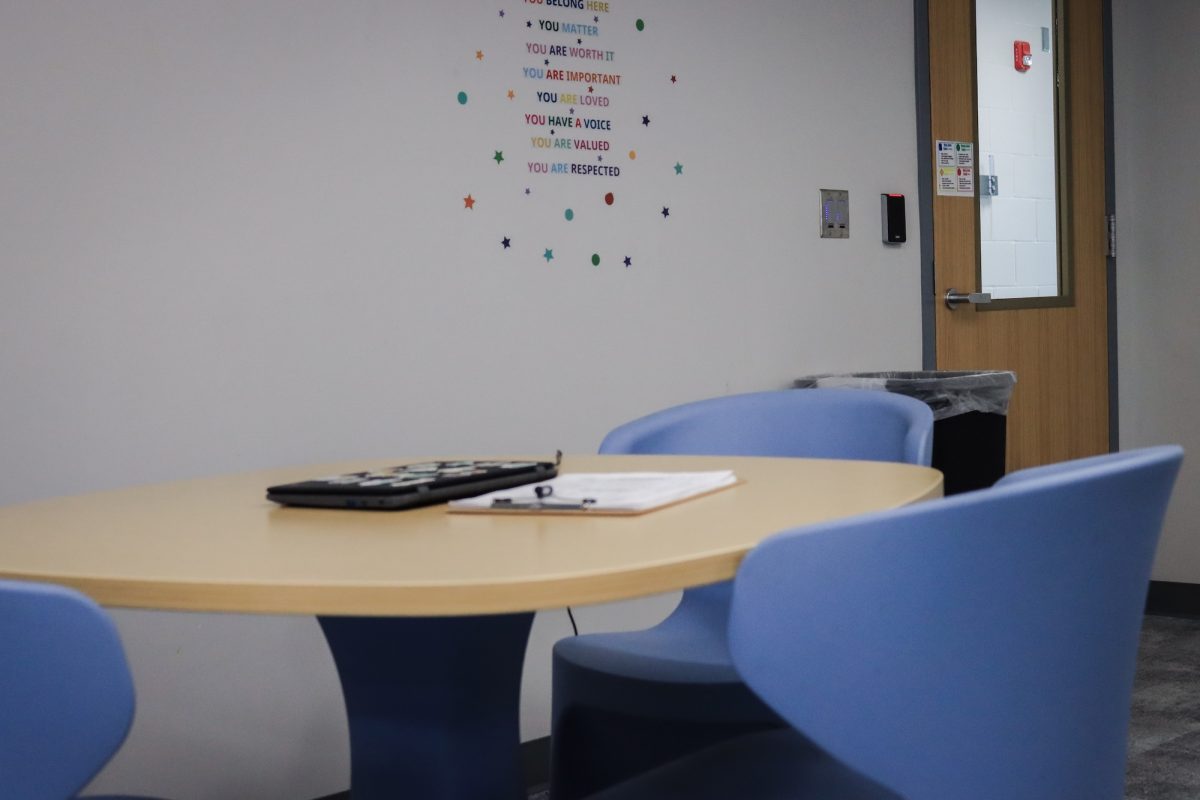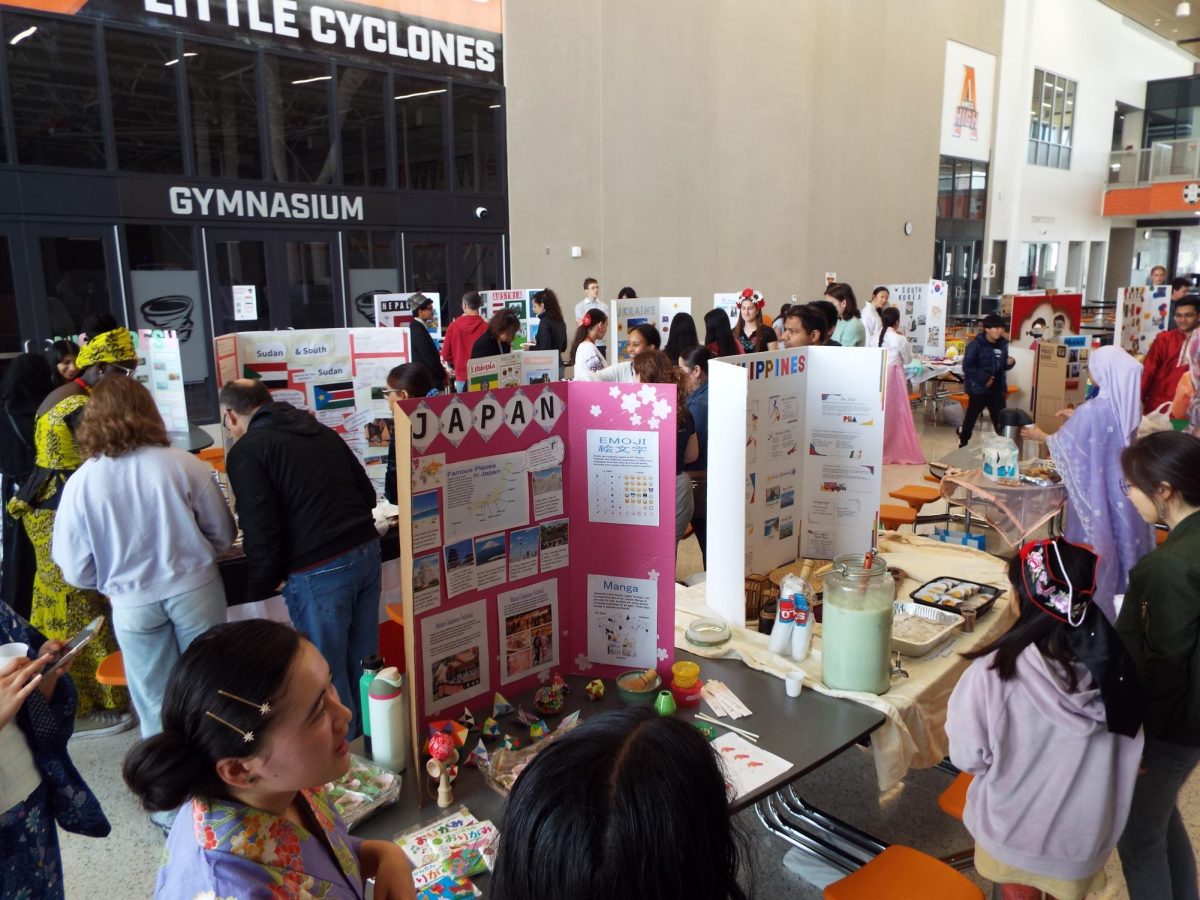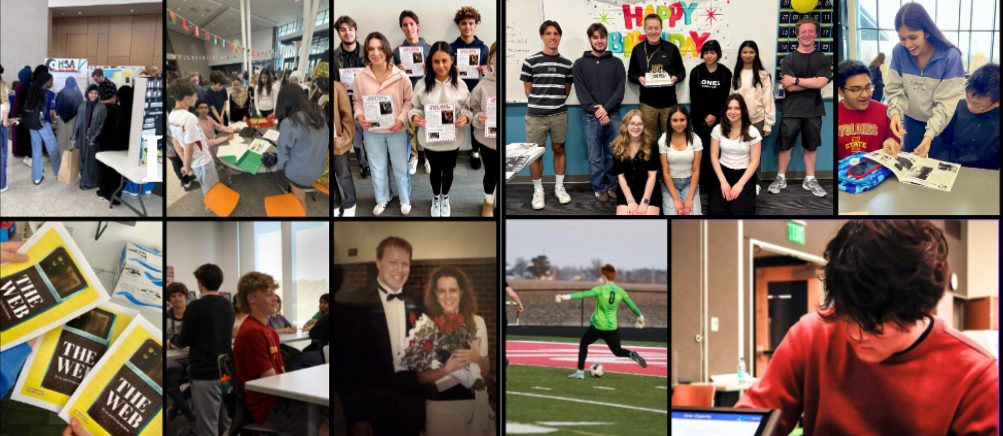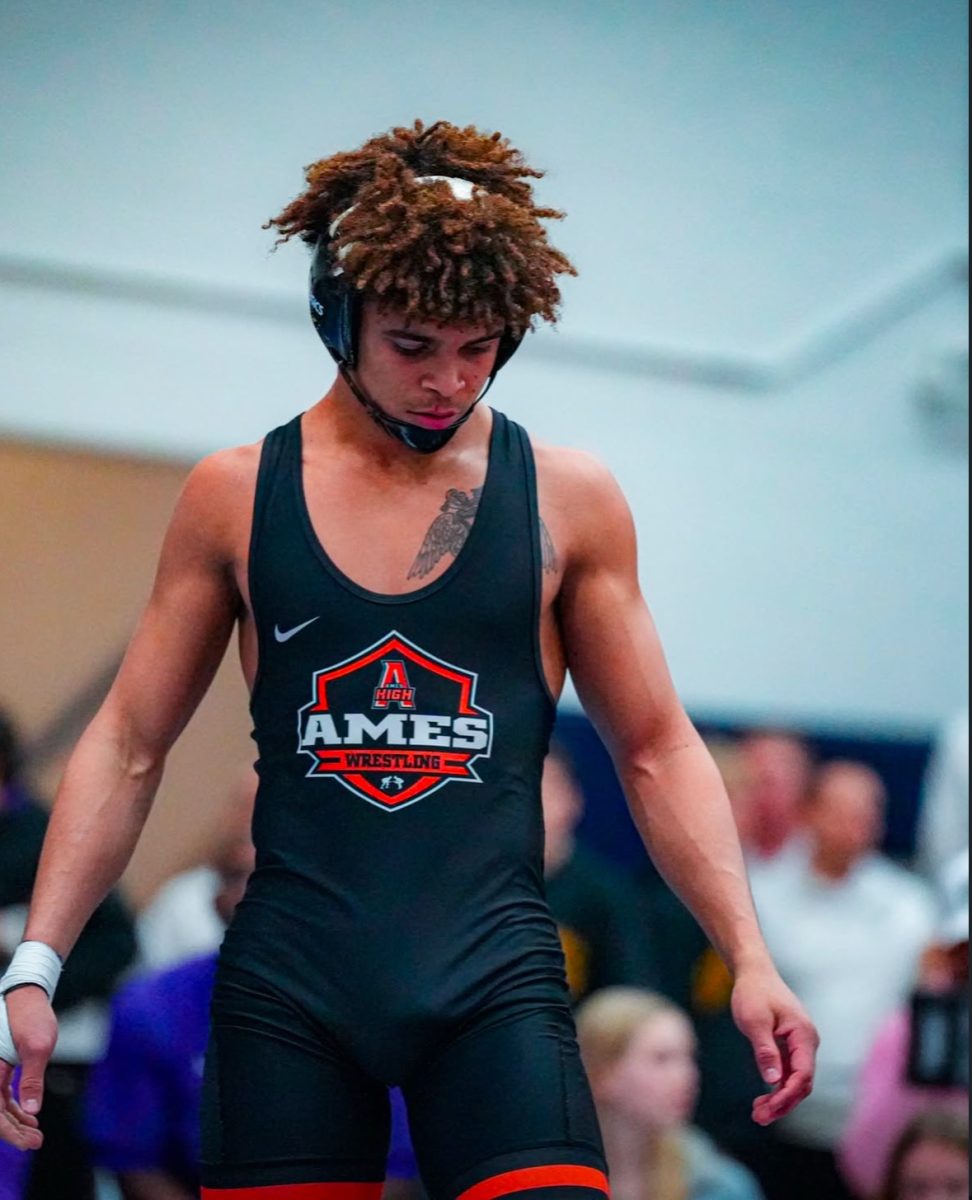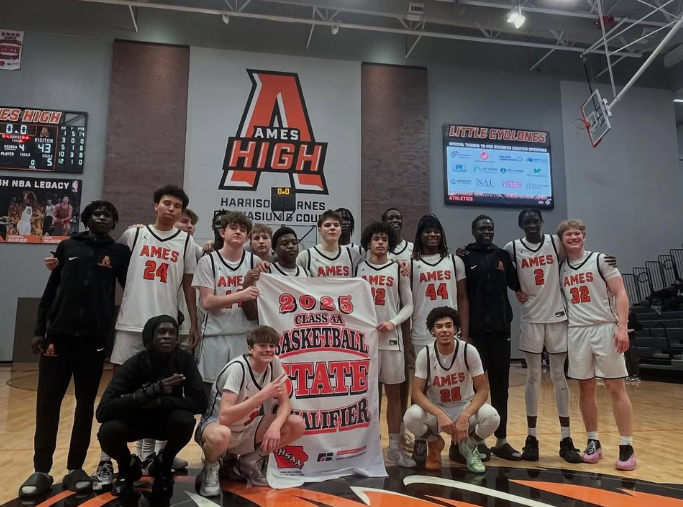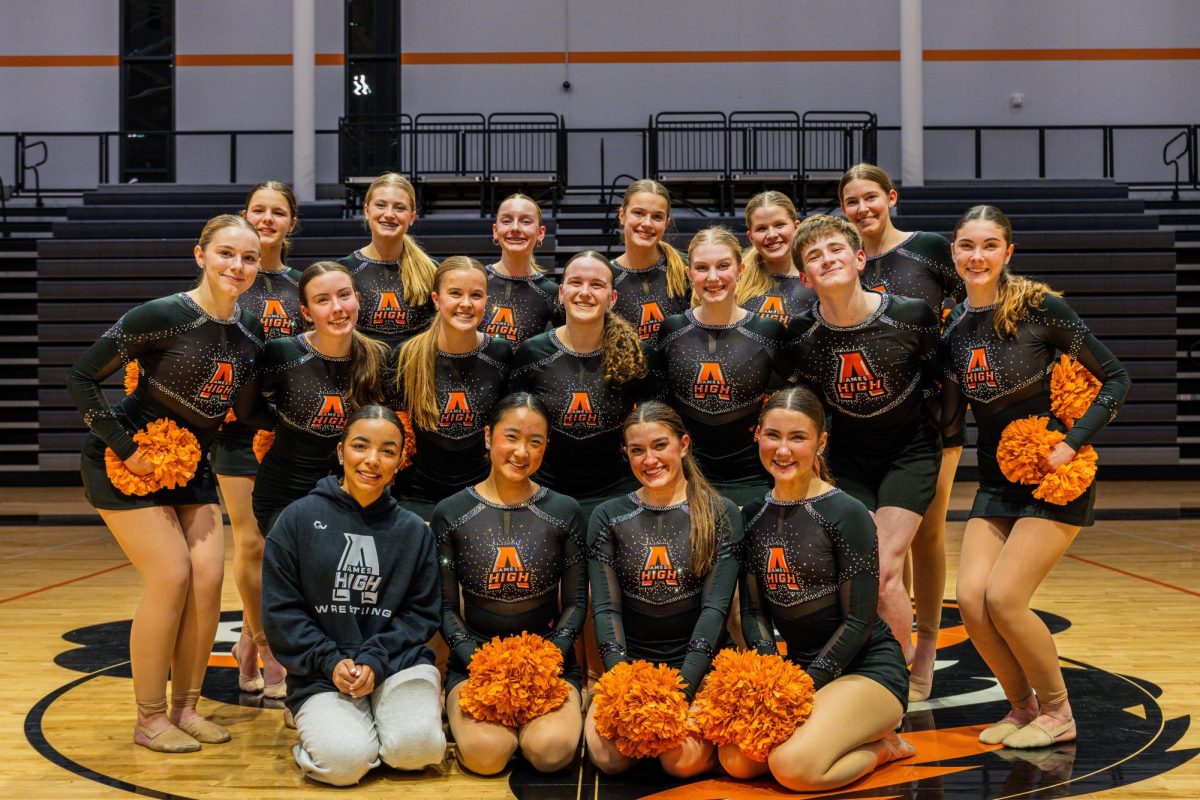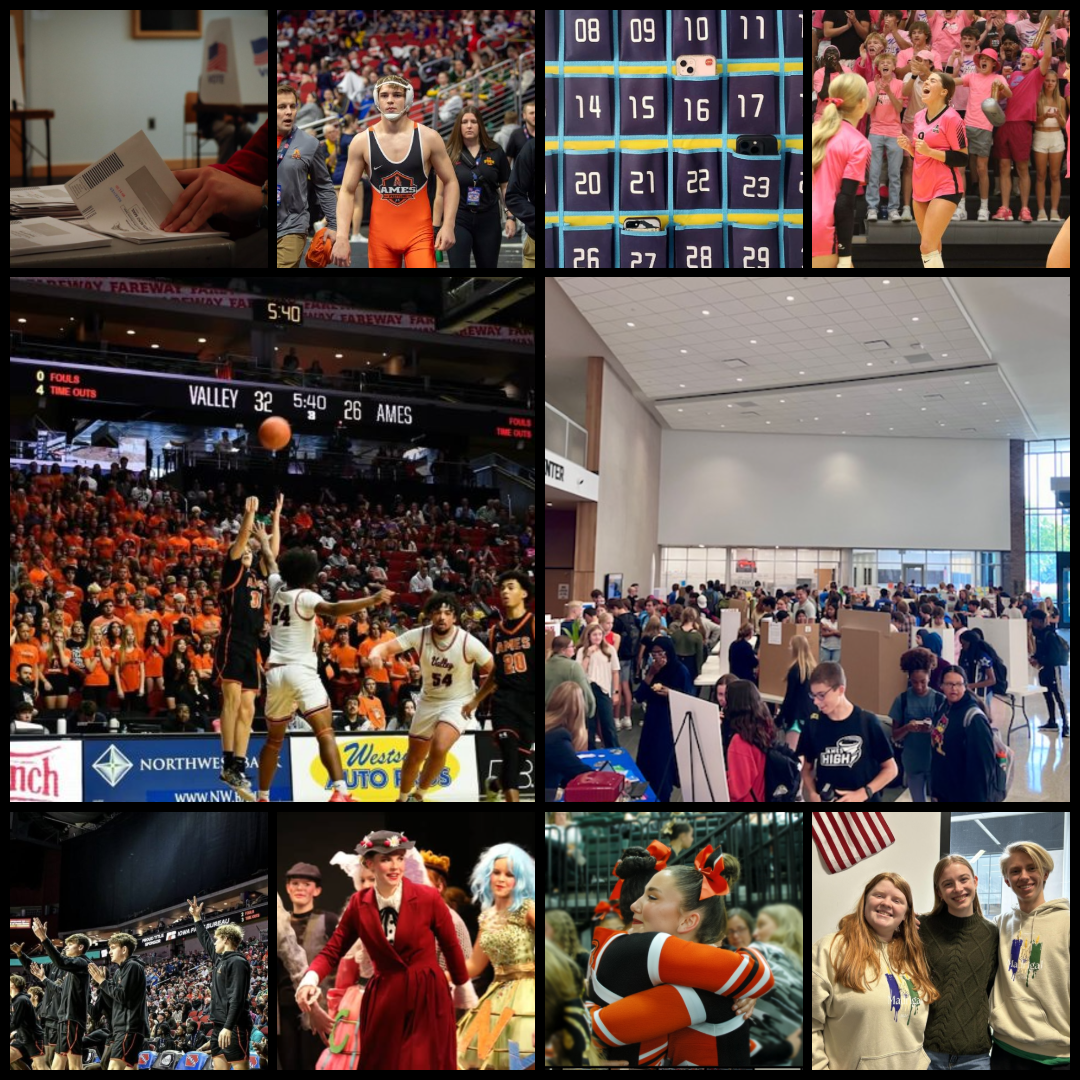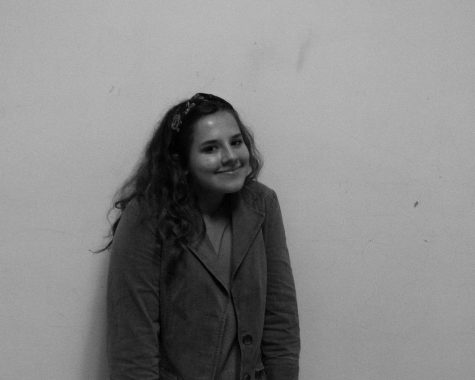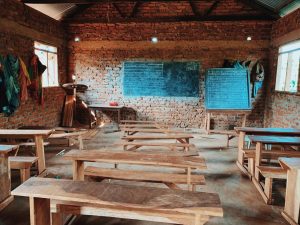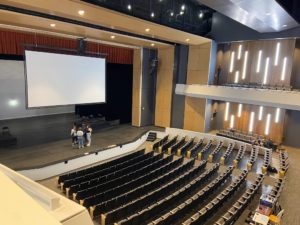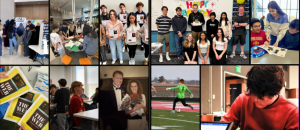Controversial Teaching

p://kandelllaw.com/2014/07/14/business-property-loss/
October 17, 2016
In the eclectic world of teachers, it is the method of teaching that most influences the identity of the classroom. Due to the array of differing minds and personalities of students and the differences between various subjects, the correct way a teacher should teach their students is constantly debated. Methods of teaching often change with time and this leads to a salad bowl of teaching styles with varying levels of effectiveness. For example, there are more traditional methods used by many and then those that tend to stray from the norm. To examine the effectiveness of these methods, three teachers commented on their experiences as teachers of Ames High.
Mike Todd begins each class period with a fervent (and on occasion, loud) lesson about some scientific subject followed by a complex project in which the knowledge gained from what was taught is used to solve an issue in the project. He is a Biology teacher at Ames High who is a large proponent of the use of project-based learning methods in his science classes (even though he argues this is effective in all fields.) In this, student knowledge of the subject area is assessed by application into real-life scenarios. Science is ubiquitous in the world we live in, and therefore Todd not only hopes for his students to obtain a resonating knowledge of the sciences but also for them to become prominent members in the community, advocating what they want changed and using their knowledge to justify it. This is evident through the implementation of environmental projects outside of the school.
Todd believes that students are far too focused on the construct of grades and not on understanding itself. numbers have come to define the potential of students and how much effort they exert and to Todd, this is just not an adequate representation of what students truly know. According to him, some students are initially frustrated by his unorthodox style of teaching and are accustomed to a system of reward where they are given notes and vocabulary and told to memorize cookie-cutter definitions of terms. However, students begin to grow as the year progresses and they develop higher-learning skills that benefit them in courses to come. “It can take two weeks to two years before the student is like wow… that was worth it.” Todd said. He admits that as a student, it would be likely that he would face frustration with this unconventional style of teaching at first. He claims that by incorporating the PBL gold standard of learning, students are given an opportunity to fail and learn from their mistakes. While he has received some criticism for this, he is adamant in its effectiveness and believes it is immensely beneficial for students in the STEM field. According to him, this method really reflects the complicated nature of the real world and does not provide one solution for every problem.
It is not only the science field that has begun to experiment with new ways to teach but the language department as well. The TPRS/CI method features a new style in which there is far less focus on grammar and more focus on how speaking influences comprehension. TPRS itself stands for “teaching proficiency through reading and storytelling” while CI stands for “comprehensible input”. Each week, students are presented with stories that involve vocabulary and distinct sentence structures. These stories are told with animated enthusiasm by the teacher and as a result students begin to understand. Eventually, the goal is for the students to be able to retell these stories with 80% comprehension. With the second year of this new regiment, French teacher Stacy Dobernecker claims to have seen a major growth of comprehension and pronunciation by students. Dobernecker also finds this method easier for her, as it places her and her own students in a natural environment similiar to one that students would be subjugated to if they were to visit another country. Junior Clara Mikovec, a student taking German, is very complimentary of the way TPRS has been implemented in the classroom. She claims that with this new method, she is seldom distracted and feels that she has learned much more.
Tim Mooney, an Ames High APUSH and world studies teacher, is notorious for his use of a more socratic style of teaching. He claims that having stimulating discussions with students is far more entertaining to him than giving students powerpoint presentations and notes. However, he is not against this method necessarily and claims that there are some classes that this would be effective in. He likes to believe that he teaches intelligent and scintillating students and he attributes his style of teaching to them. “I consistently have outstanding students, that’s influenced my teaching style. You have to respond to how they learn.” Mooney stated. He believes that asking students analytical questions teaches them how to formulate arguments, think critically, and later be able to write essays. Mooney also frequently begins debates within his classroom, using his witty repertoire and political knowledge, he can get an entire classroom to think deeply and justify their own arguments. Despite the fact that Mooney teaches a heavily regimented AP class in a not-so-standard way, he has seen great success on the national exams of his students through the use of this style. Mooney’s discussions are especially beneficial when it comes to making thoughtful historical connections. According to former Ames Highschool student, Maxwell Eness, close connections allow students to transform society in lackadaisical ways because without them, students have no context in which to apply their new knowledge.
When it comes to teaching, there is no regulated standard. It can depend on the subject matter, the curriculum or even the teacher themselves. While each teacher is different and some of the methods they choose are somewhat esoteric, teachers are essential to our development as students. Despite what teachers may teach and how they teach it, there is one thing shared. A goal to better us as students and prepare us to enter society and ready citizens of the world.

